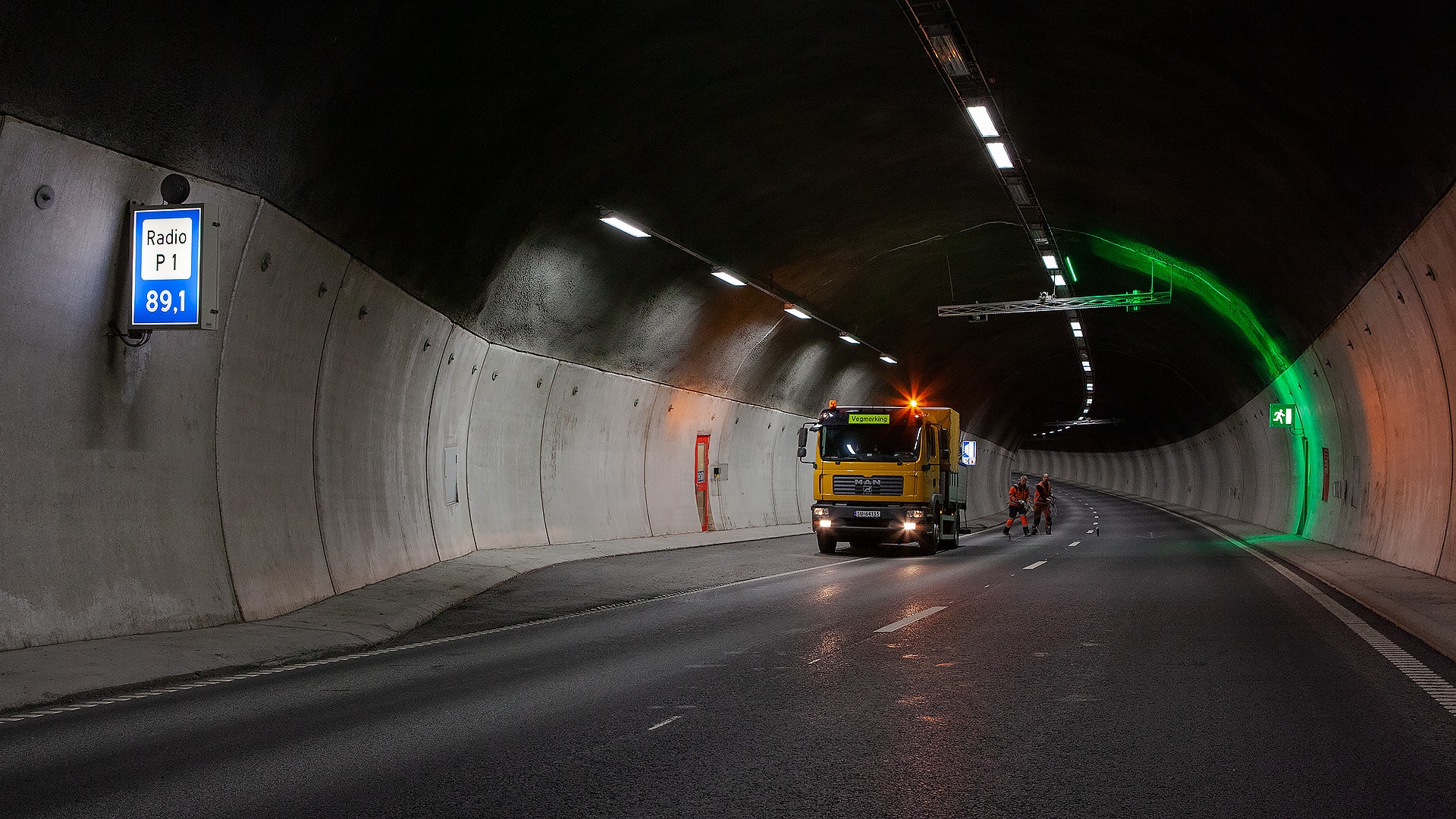Improving tunnel operations with RAMS

RAMS is usually viewed at as a set of activities that encompass different fields, which are linked to the study of reliability, maintainability and availability for a system. Its main use is to predict at any life cycle step of such a system what its expected failure rate or other RAMS criteria such as Mean Time Between Failures (MTBF), Mean Down Time (MDT), Availability, Probability of failure on demand, etc. These parameters are then used for the prediction of life-cycle costs, because there are costs associated with operation stoppage and maintenance actions.
There are several attempts from national road authorities and PIARC to look into new guidelines for RAMS analysis for road tunnels. The Norwegian Public Roads Administration have finished their guidelines and done several pilots on large complex tunnel projects. The documentation is used to prove the benefit the different alternatives or solutions.
RAMS analysis has been a part of the railway industry for several years and according to EN 50126, analyses of reliability, availability, maintainability and safety for tunnel equipment, focuses on the whole life cycle of permanent construction. The safety equipment in railway tunnels is of great importance, both for preventing accidents and their consequences as well as for mitigating such in case of an event. Most of the safety equipment depends on a power supply with high performance in reliability, availability, maintainability and safety. Therefore all interfaces of power supply systems with other safety equipment as rail track, signalling, control and communication systems is investigated to meet the overall requirements of the tunnel systems equipment.
For railway tunnels calculations for reliability and availability are often made for each certain point of power supply with reliability diagrams. In a bottom up approach failure rates of the single components are evaluated by specification of the producer or on the basis of statistical evaluation of failures. Requirements according to the whole tunnel system, with maximum allowed failure rates for each disruption class, are met by FMECA analyses (Failure Mode, Effects, and Criticality Analysis) with focus on all relevant interfaces.
The World Road Association are discussing proposals on best-practice methods but also how to use condition criteria in a systematic way for road tunnels. PIARC wish to show how systematic RAMS analyses can be done and which requirements can be used. Further on investigate interdependencies of system functions and how RAMS analysis can be used for refurbishment decisions and therefore for cost-effective maintenance.

 En
En 




